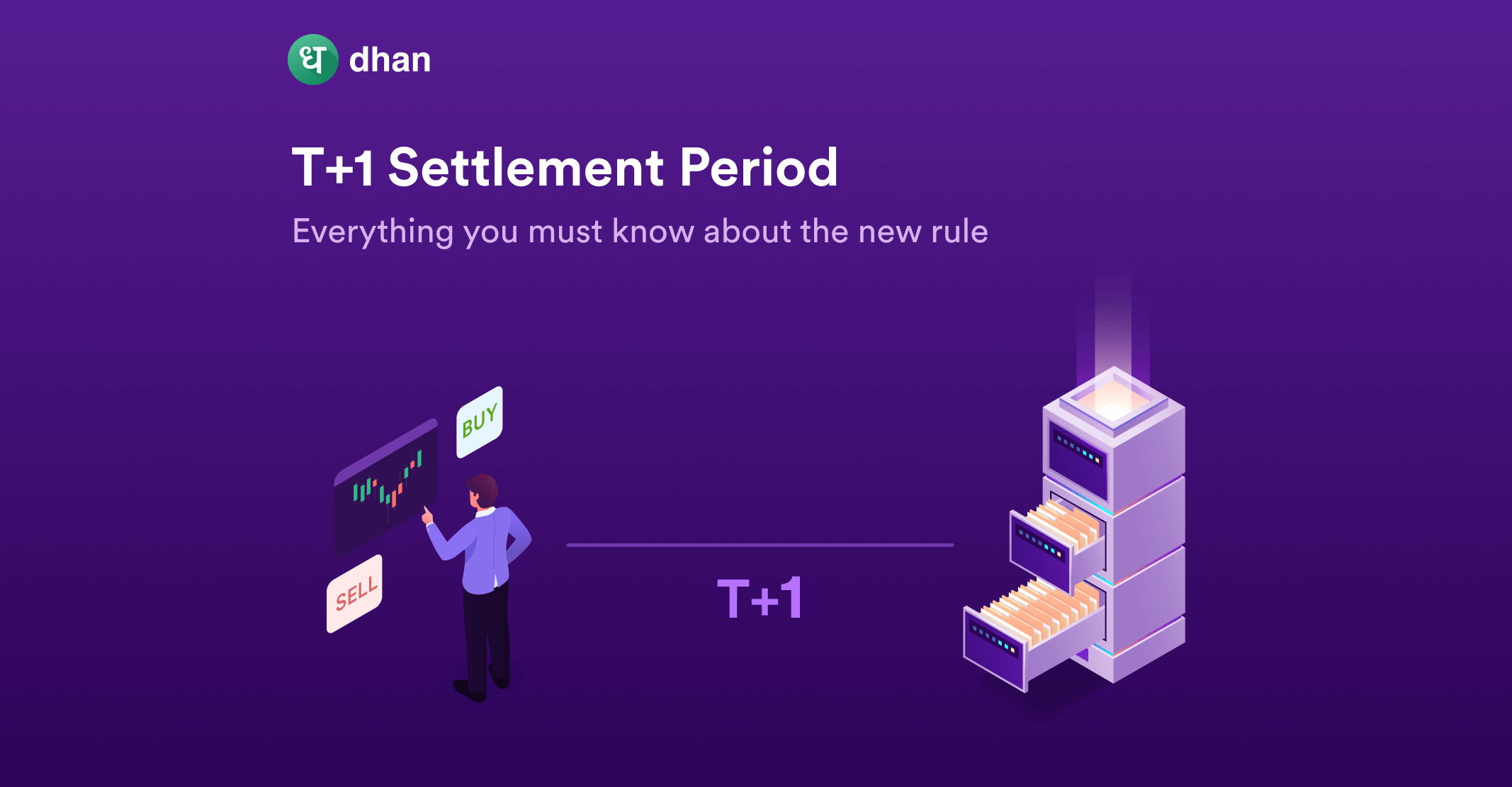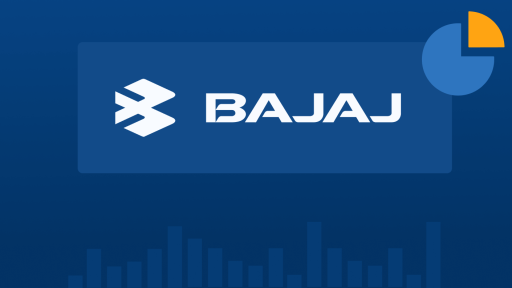The Indian stock exchanges implemented the new T+1 settlement period since 25th February 2022. Until now, India followed the T+2 settlement period. Moving forward, the settlement date for stocks will be T+1. As a beginner or seasoned investor, you must be wondering how the T+1 settlement period may affect you. Read on to understand!
What is a settlement period in stock market?
The settlement period refers to the time window between the trade date and the settlement date in the stock market. “Settlement” means the transfer of ownership and payments from one party to another.
Trade date refers to the date on which the market executes your order for securities, whereas settlement date refers to the date when your demat account is credited with the shares or money.
Back in the day, stocks were settled after 3 days. Before that, it used to take 7 to 23 days. But as time and technology evolved, stock trading systems became more efficient. That’s why India is moving to a T+1 settlement period.
What is T+1 settlement period?
A T+1 settlement period means that the securities and funds will be settled within 24 hours of you placing a trade order.
Until 25th February 2022, trade orders used to take at most two days to get reflected, and until 2003, trade orders used to get settled under the T+3 settlement period in India. That’s the T+1 settlement period.
How is T+1 settlement cycle being implemented?
The new T+1 settlement cycle is being implemented by the NSE and BSE in a phased manner from 25th February and is planned to be completed by January 2023.
All listed stocks have been ranked in descending for the phased transition, based on the daily market cap averaged for October 2021.
The 100 bottom stocks were added to the T+1 settlement period list on 25th February 2022. From March 2022, the next bottom 500 stocks will be introduced on the last trading Friday of every month in a total of 12 phases.
The change will affect nearly 2,500 stocks listed on the BSE and 285 NSE stocks. In fact, if you’re reading this blog after 15-01-2023, you should know that all Indian stocks have successfully moved to a T+1 settlement cycle.
How will new settlement cycle benefit investors?
The new T+1 settlement cycle will allow both the buyer and seller to get their transactions reflected in their portfolio within 24 hours of the trade.
Under the earlier T+2 settlement period, the seller had to wait for 48 hours to receive the payment, and the buyer also had to wait for two days to get the purchased shares in their demat account.
By shortening the time for the realization of the trade, the new T+1 settlement cycle will make the Indian stock exchanges more efficient and more liquid.
It will also make the Indian stock exchanges the fastest markets in the world to settle equity trades.
Why is SEBI implementing the new settlement cycle in a phased manner?
The Securities and Exchange Board of India (SEBI) is implementing the new T+1 settlement period in a phased manner. There’s a good reason for this change.
There are Foreign Portfolio Investors (FPIs) who invest in the Indian market from different countries and time zones. They might face difficulty in obtaining timely permissions from their custodians for stock transactions and other procedures.
It also requires stock brokers to change their backend and frontend operations, which will involve high costs. Thus, SEBI has been implementing the T+1 settlement cycle in different phases to provide relief to domestic stock brokers and foreign investors.
Here are some more insightful articles on share market trading which will walk you through the basics of buying & selling shares, the building strategies & much more.
Happy Trading 📈
Disclaimer: This blog is not to be construed as investment advice. Trading and investing in the securities market carries risk. Please do your own due diligence or consult a trained financial professional before investing.




Comments are closed.